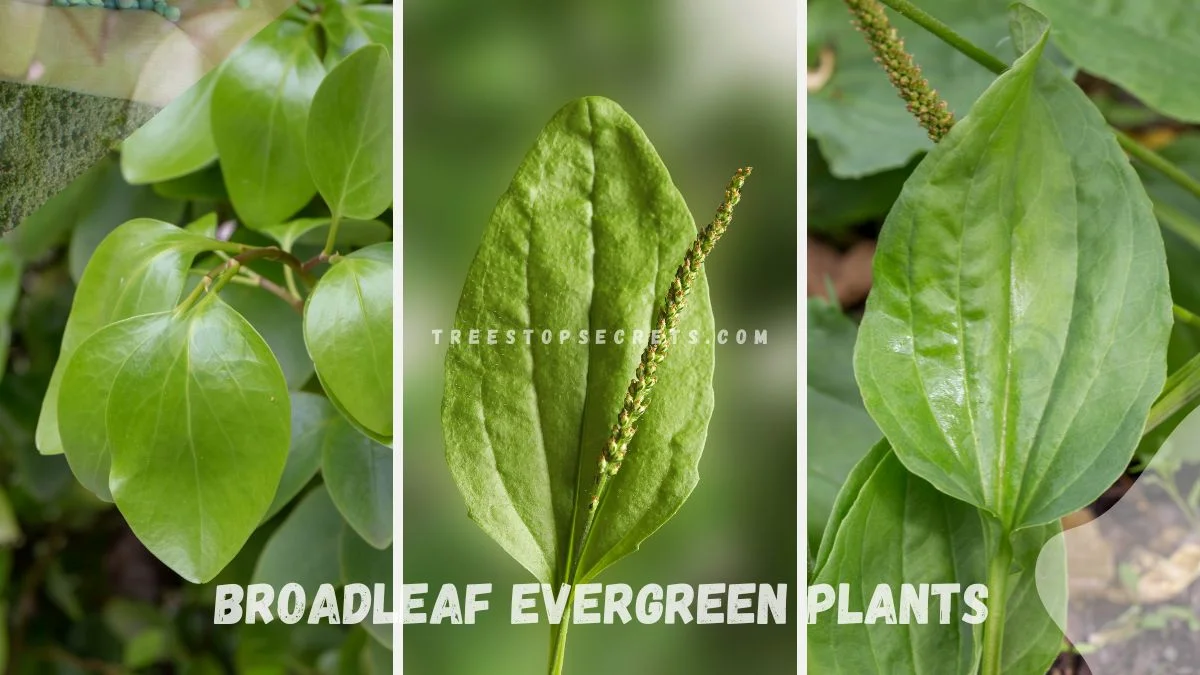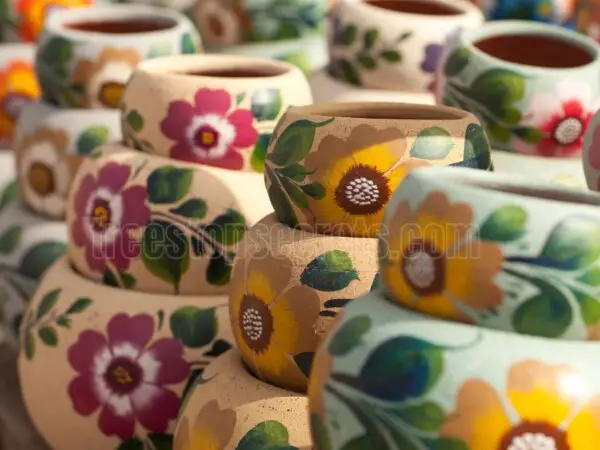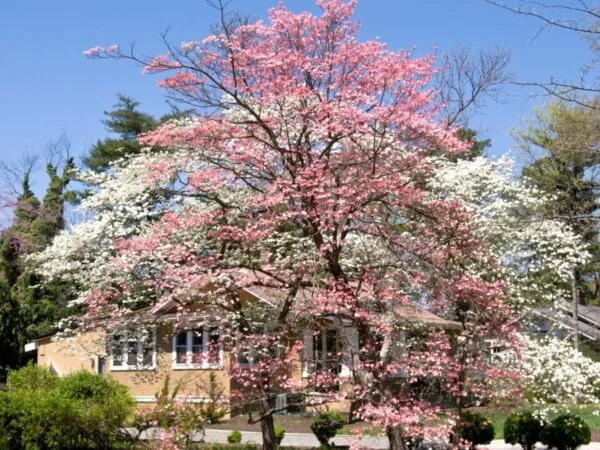Discover the fascinating world of broadleaf evergreen plants, a diverse group known for their year-round greenery and unique characteristics. These plants have a rich historical significance, with some species dating back centuries and holding cultural importance in various societies. From glossy leaves to vibrant blooms, broadleaf evergreens offer beauty and resilience to any garden or landscape. Join us as we delve into the wonders of these botanical treasures, exploring their origins, features, and care tips to help you incorporate them into your own green spaces.
Key Takeaways
- Explore the Beauty: Broadleaf evergreens offer a diverse range of stunning plants that can enhance the aesthetics of your garden.
- Choose Wisely: Opt for small yet impactful varieties to make a significant visual impact in limited spaces.
- Tailored Selection: Select broadleaf evergreens that suit your specific space requirements, whether it's a small balcony or a spacious backyard.
- Year-Round Care: Be mindful of seasonal care practices and challenges to ensure the health and vitality of your broadleaf evergreen plants.
- Adapt to Seasons: Adjust your care routines based on seasonal changes to address challenges like frost or excessive heat effectively.
- Sustainable Beauty: By caring for and choosing the right broadleaf evergreens, you can create a sustainable and visually appealing green space.
Discover Broadleaf Evergreens
Year-Round Charm
Broadleaf evergreens play a crucial role in providing structure and visual interest to gardens throughout the year. Their foliage offers a diverse range of textures, creating depth and richness in garden landscapes. These plants are particularly suitable for milder climates due to their susceptibility to cold damage.
- Pros:
- Provide structure and interest in gardens
- Offer a variety of textures through foliage
- Suitable for milder climates
Spring Blooms
The 'Donation' camellia is a standout long-blooming shrub that thrives in Zones 7–9, adding vibrant blooms to spring landscapes. Burkwood's sweet olive, an evergreen shrub plant, fills gardens with its fragrant blossoms from late winter to early spring. Broadleaf evergreens like these bring beauty and vitality with their spectacular flowers.
- Key Information:
- 'Donation' camellia suitable for Zones 7–9
- Burkwood's sweet olive blooms in late winter to early spring
Unique Traits
The Columnar Japanese holly shrub exhibits a distinctive columnar growth habit, making it a striking feature in garden settings. In contrast, the Round-leaf Japanese privet showcases a unique branching pattern, adding visual interest to landscapes. These special characteristics set these broadleaf evergreens apart, making them stand out in any garden design.
- Traits:
- Columnar growth habit of the Columnar Japanese holly shrub
- Unique branching habit of the Round-leaf Japanese privet
Fragrant Gems
Burkwood's sweet olive stands out for its captivating fragrance and beauty, enhancing the sensory experience in gardens. Fragrant broadleaf evergreens like sweet olives not only add visual appeal but also contribute to an overall pleasant garden ambiance. The delightful scent of these plants plays a significant role in creating a welcoming and enjoyable outdoor environment.
- Fragrance Appeal:
- Captivating fragrance of Burkwood's sweet olive
- Role of fragrance in enhancing garden ambiance
Small Yet Impactful Varieties
Impactful Shrubs
Broadleaf evergreens like rhododendrons and hollies play a crucial role in garden landscapes. They provide year-round greenery and vibrant blooms, adding color and life to outdoor spaces. These versatile ilex and rhododendron evergreen shrubs are suitable for various garden styles, from formal to informal designs.
Popular broadleaf evergreen shrubs, such as the Camellia japonica and Pieris japonica, are renowned for their lush foliage and beautiful flowers. Their presence, along with ilex, rhododendron, and evergreen shrubs, creates visual interest and texture in gardens, enhancing the overall aesthetic appeal.
Focal Point Plants
In garden designs, certain broadleaf evergreens act as focal points, drawing attention and creating visual interest. Plants like the Japanese Aucuba and Dwarf Alberta Spruce serve this purpose effectively. They stand out amidst other plants, like ilex, rhododendron, and evergreen shrubs, adding a unique charm to the landscape.
Using broadleaf evergreens as focal points helps in structuring the garden layout and guiding the viewer's eye. These plants bring balance and harmony to the outdoor space, making it visually appealing and inviting.
Uncommon Privet
The Round-leaf Japanese privet shrub is an uncommon yet fascinating choice among broadleaf evergreens. Its distinctive round leaves set it apart from traditional privet varieties, adding a touch of uniqueness to garden settings. This plant thrives in various conditions, making it a versatile option for landscaping projects.
The uncommon privet varieties, like the Golden Vicary Privet, offer a fresh perspective on garden design. Their different leaf shapes, colors, and growth habits contribute to creating diverse and captivating outdoor spaces.
Low Growers
Low-growing broadleaf evergreens, including Boxwood and Dwarf Mondo Grass, are ideal for ground cover or border plantings. These plants stay compact in size and grow slowly, making them easy to maintain and shape according to the desired garden layout.
Their low height makes them perfect for creating defined borders or filling in gaps between larger plants. These low growers help in weed suppression and soil erosion control, contributing to the overall health of garden beds.
Broadleaf Evergreens for Every Space
Tiny Treasures
Small-sized broadleaf evergreens, like miniature rhododendrons and camellias, add delicate beauty to compact garden spaces. These tiny treasures are perfect for small gardens or containers due to their unique charm.
Broadleaf evergreens offer a diverse range of options for those seeking alternatives to traditional junipers in garden designs. Hollies, boxwood, and ilex rhododendron evergreen shrubs stand out as excellent substitutes, providing various textures and colors for visual interest.
Juniper Alternatives
For stunning ground covers, consider using broadleaf evergreens such as boxwood. These ilex and rhododendron evergreen shrubs offer year-round coverage and visual appeal, enhancing the overall aesthetics of your garden or landscape.
Certain broadleaf evergreens, like specific hollies and boxwood varieties, are resistant to deer. Choosing these varieties is crucial for gardens located in areas with deer populations. These deer-resistant plants combine beauty with durability.
Stunning Ground Covers
When it comes to landscaping, broadleaf evergreens play a vital role in providing year-round greenery and visual interest. Boxwood, in particular, serves as an excellent option for creating lush ground cover.
Deer-resistant broadleaf evergreens offer both practicality and beauty in garden settings. Varieties such as certain hollies and boxwood not only withstand deer browsing but also enhance the landscape with their attractive foliage.
Deer-Resistant Varieties
Seasonal Care and Challenges
Winter Protection
Broadleaf evergreen plants are prone to winter damage like winterburn, making it crucial to provide them with adequate protection in colder climates. Without proper care, these plants can suffer from dehydration and leaf desiccation in harsh winter conditions. To safeguard broadleaf evergreens, gardeners should consider wrapping them with burlap or applying anti-desiccant sprays to create a protective barrier against cold temperatures.
- Wrapping with burlap
- Applying anti-desiccant sprays
Winter protection is essential for broadleaf evergreens as it helps minimize moisture loss and shields the foliage from freezing winds. By taking preventive measures, gardeners can ensure the survival and vitality of their beloved broadleaf evergreen plants throughout the winter season.
Invasive Alerts
Gardeners must exercise caution when dealing with certain broadleaf evergreens that have invasive tendencies. Planting invasive species can lead to ecological imbalances and threaten native plant populations. Japanese barberry and English ivy are examples of invasive broadleaf evergreens that can quickly spread and outcompete native flora.
- Japanese barberry
- English ivy
Identifying and avoiding invasive broadleaf evergreen species is crucial for maintaining a healthy garden ecosystem. By opting for non-invasive alternatives such as boxwood or azaleas, gardeners can promote biodiversity and sustainability in their landscapes while minimizing the risk of invasive species overtaking the garden environment.
Closing Thoughts
You've now explored a variety of broadleaf evergreen plants, discovering their beauty and versatility. From compact options perfect for small spaces to robust varieties ideal for larger gardens, there's a broadleaf evergreen for every corner of your outdoor oasis. Understanding the seasonal care these plants require will ensure they thrive year-round, despite any challenges that may arise.
As you plan your garden or landscape, consider incorporating these resilient and visually appealing broadleaf evergreens. Their enduring foliage and unique characteristics will not only enhance your outdoor space but also provide a touch of greenery throughout the seasons. Take the knowledge you've gained here and create a vibrant and sustainable environment that you can enjoy for years to come.
Frequently Asked Questions
What are broadleaf evergreen plants?
Broadleaf evergreen plants are characterized by having broad, flat leaves that remain green throughout the year. They provide year-round color and texture to your garden or landscape.
How can I choose the right broadleaf evergreen for my space?
Consider factors like sunlight exposure, soil type, and available space when selecting broadleaf evergreens. Consult with a local nursery or gardening expert for personalized recommendations based on your specific conditions.
Do broadleaf evergreens require special care during different seasons?
Yes, seasonal care is essential for the health of broadleaf evergreens. In spring, focus on fertilizing and pruning. Summer requires adequate watering. Fall is ideal for mulching, and winter may need protection from frost.
What are some common challenges when growing broadleaf evergreens?
Issues like pests (e.g., aphids, scale) and diseases (e.g., powdery mildew) can affect broadleaf evergreens. Proper monitoring, timely intervention with organic treatments, and maintaining good plant hygiene can help prevent these problems.
Can small varieties of broadleaf evergreens make a significant impact in a garden?
Absolutely! Small varieties of broadleaf evergreens offer versatility and visual interest even in limited spaces. They can be used as focal points, borders, or ground covers to add charm and structure to any garden setting.
Image Source: Paid image from CANVA





